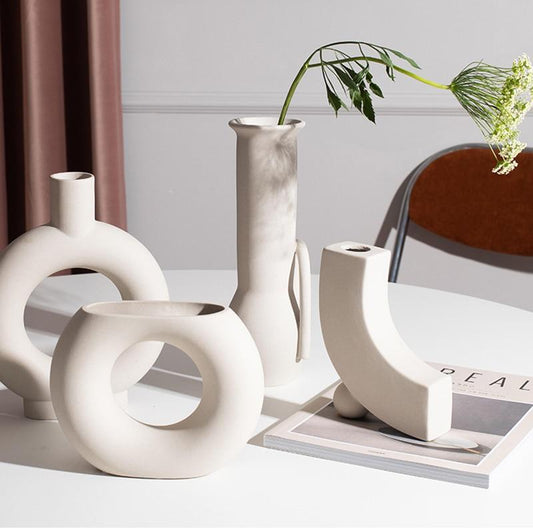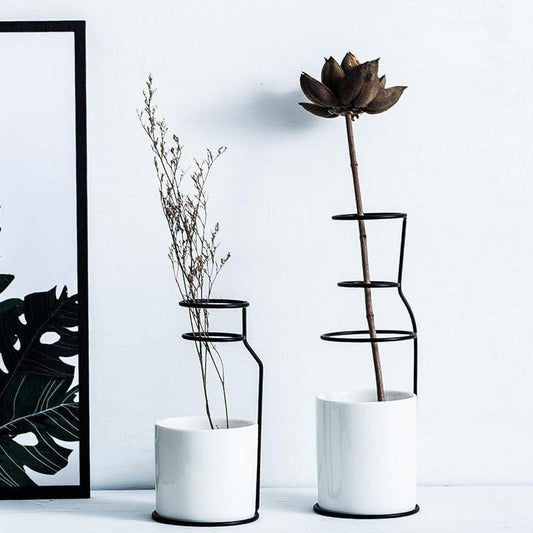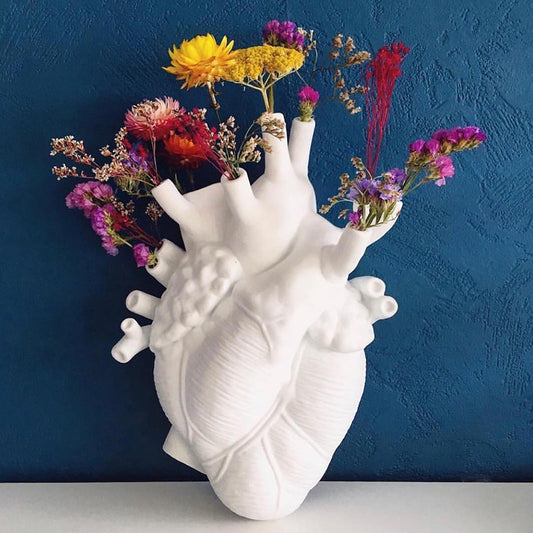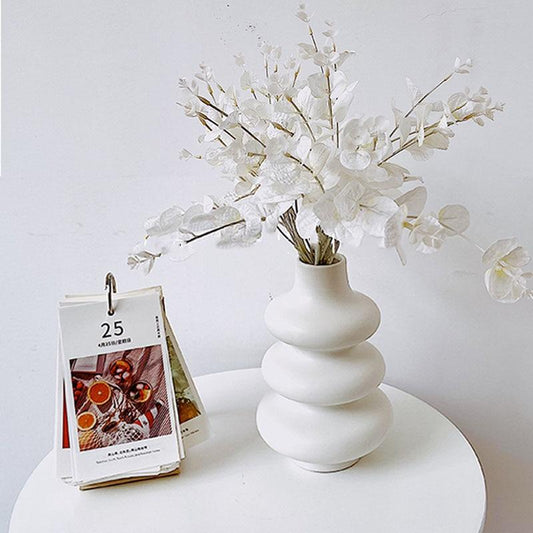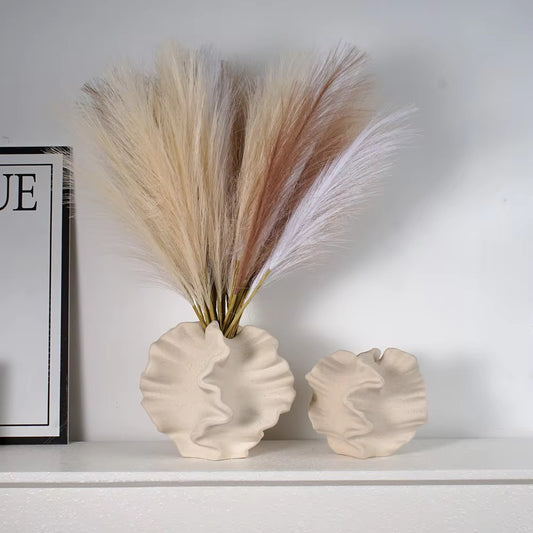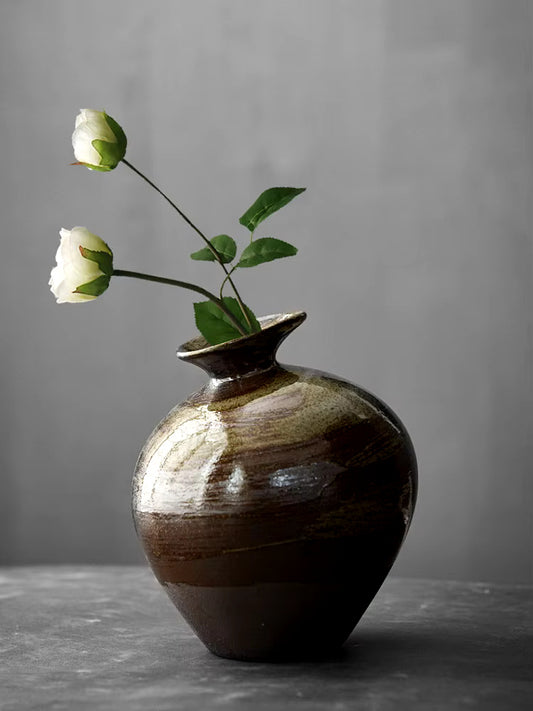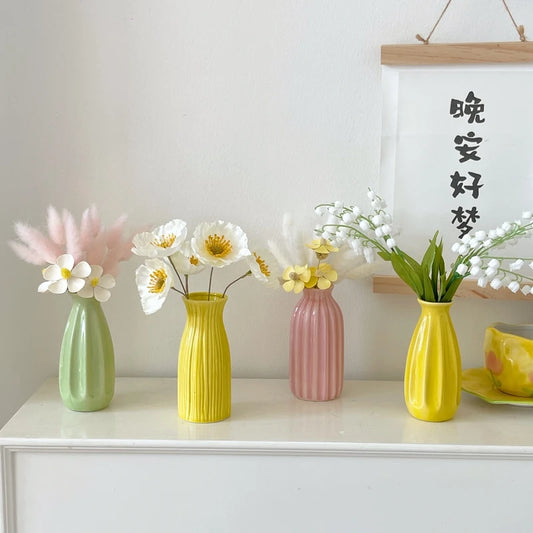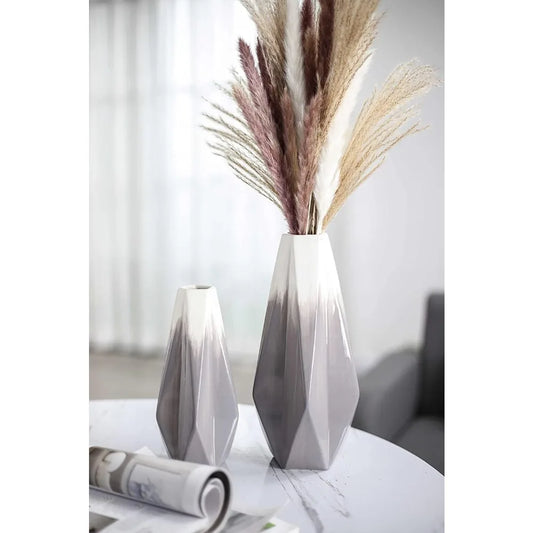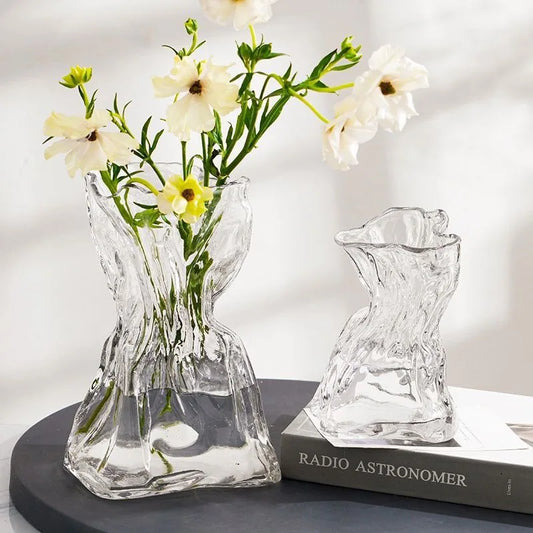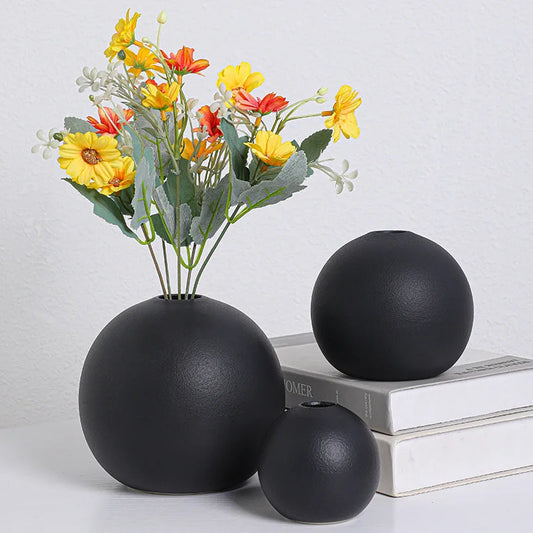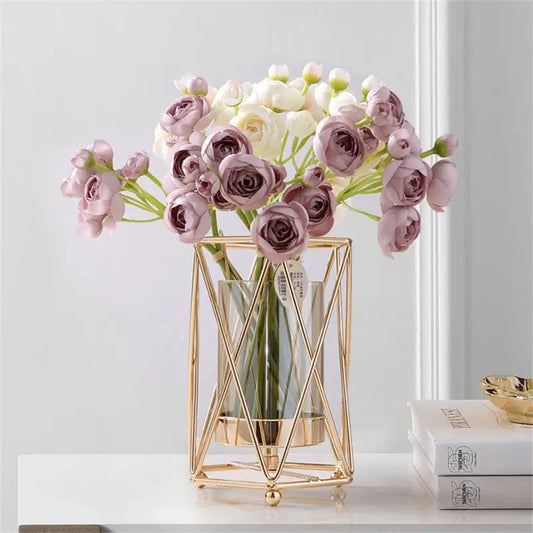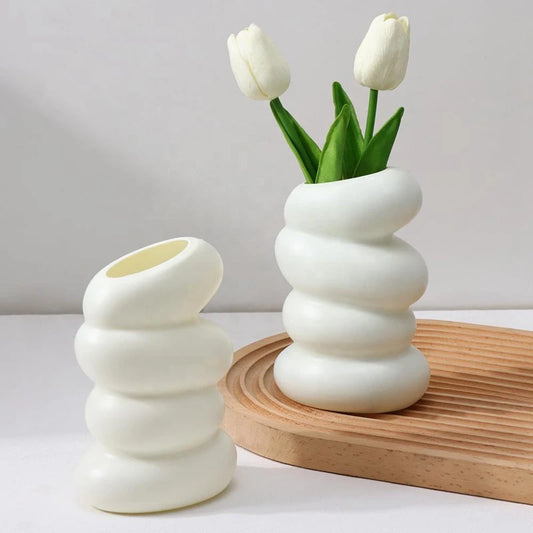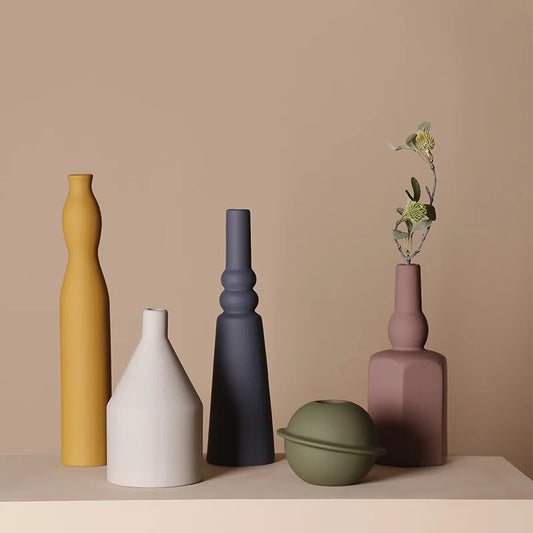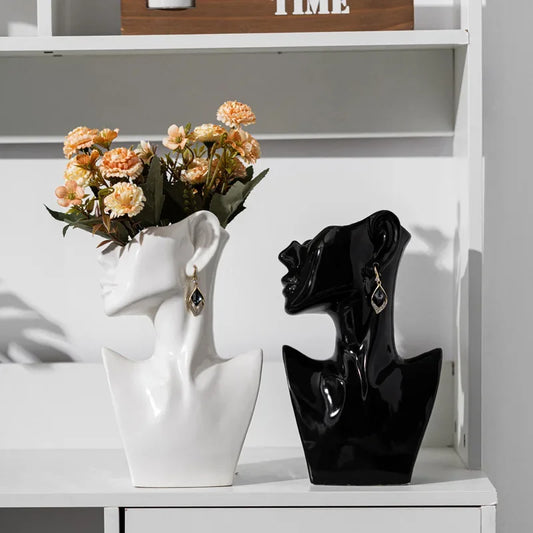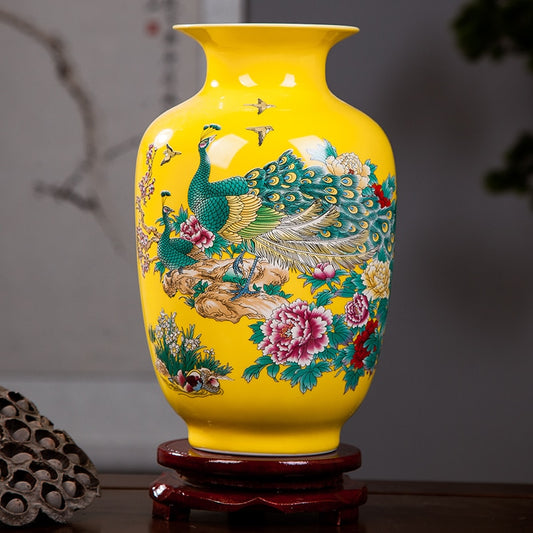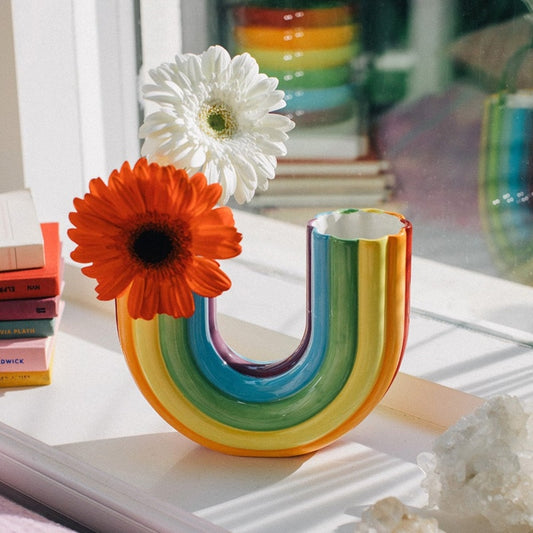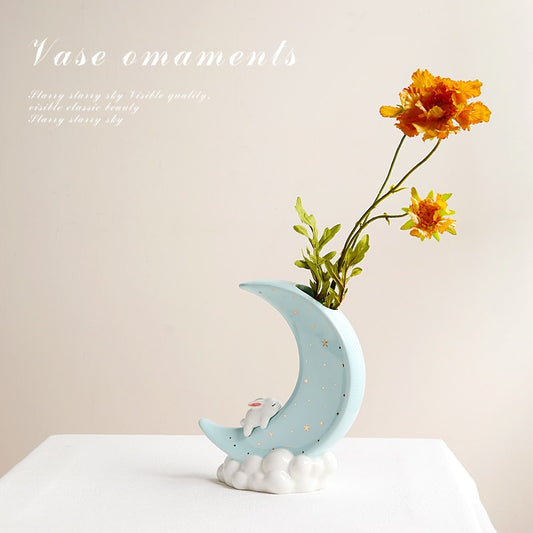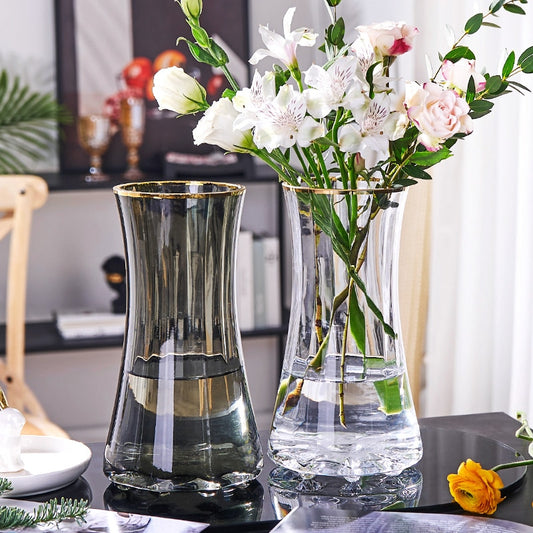Can Ceramic Vases Hold Water? Unveiling the Versatility of a Timeless Art Piece
Share
Introduction
Ceramic vases have been an integral part of human history, serving as vessels for flowers, plants, and decorative items for centuries. However, a common question that arises is whether these delicate art pieces can truly hold water without leaking or damaging the vase itself. In this blog post, we will explore the world of ceramic vases, their composition, the process of making them, and their ability to withstand the test of water. By the end, you will gain a deeper understanding of the unique characteristics of ceramic vases and their potential as functional water-holding objects.
The Artistry and Craftsmanship of Ceramic Vases
Ceramic vases have captivated human imagination with their intricate designs, unique shapes, and vibrant colors. The artistry involved in creating these masterpieces is a testament to the craftsmanship of skilled artisans. Understanding the composition of ceramic vases is crucial to comprehending their water-holding capabilities. Typically made from a mixture of clay, minerals, and water, ceramic vases undergo a meticulous process that includes shaping, drying, firing, and glazing. Each step contributes to the final product's durability and ability to hold water effectively.
Exploring Ceramic Vase Types
Ceramic vases come in various types, each with its distinctive characteristics. From earthenware to stoneware and porcelain, the type of clay used and the firing techniques employed determine the vase's functionality. Earthenware, for instance, is porous and may require a glaze or sealant to make it watertight. Stoneware, on the other hand, is fired at higher temperatures, making it more durable and less porous. Porcelain, known for its delicate appearance, can also be watertight with the right firing and glazing techniques. By delving into the specifics of each type, we can better understand their ability to hold water.
The Water-Holding Potential of Ceramic Vases
One of the primary concerns regarding ceramic vases is their ability to hold water without leakage or damage. It is essential to consider factors such as the vase's thickness, glazing, and firing temperature when evaluating its water-holding potential. Thicker vases tend to be sturdier and less likely to leak, while a well-applied glaze can create a protective barrier, preventing water penetration. The firing temperature plays a crucial role in determining the vase's porosity and durability. High-fired ceramics are generally more impermeable, making them ideal for holding water.
Additionally, the shape and design of a ceramic vase can affect its water-holding capabilities. Narrow-necked vases may require a bit more caution when filling with water, as the limited opening can make pouring and balancing challenging. On the other hand, wider-mouthed vases provide easier access for adding water and arranging flowers. Understanding these design considerations can help you choose the right vase for your water-holding needs.
Maintaining and Caring for Ceramic Vases
To ensure the longevity and functionality of your ceramic vase, proper care and maintenance are essential. Avoid exposing your vase to extreme temperatures, as rapid changes in temperature can cause cracks or even breakage. It is also recommended to hand wash your ceramic vase rather than using a dishwasher, as the harsh detergents and high water pressure may damage the glaze or weaken the vase's structure. By handling your ceramic vase with care and following these maintenance tips, you can enjoy its beauty and functionality for years to come.
Conclusion
Ceramic vases are not just mere decorative objects; they possess the potential to hold water effectively if chosen wisely and cared for properly. With a rich history and a variety of types to choose from, ceramic vases offer versatility and charm to any space. By understanding the craftsmanship, materials, and firing techniques involved, you can confidently select a ceramic vase that will fulfill both your aesthetic and functional needs. Whether you plan to display fresh flowers or simply use it as an eye-catching centerpiece, a well-crafted ceramic vase will add a touch of elegance to your home while holding water securely.
In the world of ceramics, the ability of ceramic vases to hold water opens up a realm of possibilities, combining artistry and functionality in perfect harmony.



